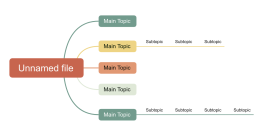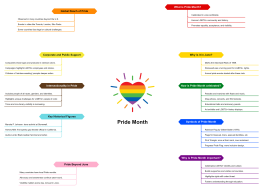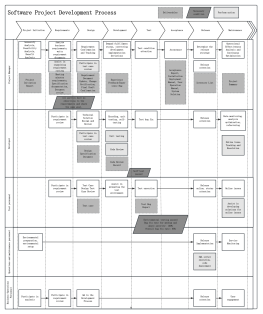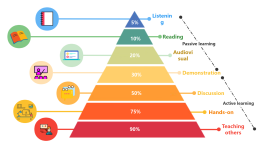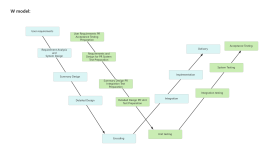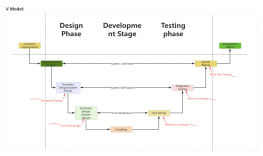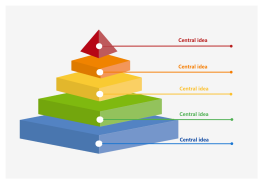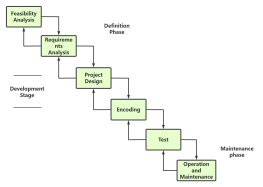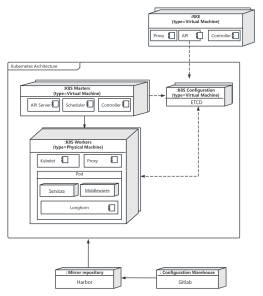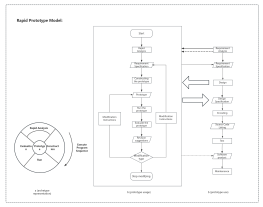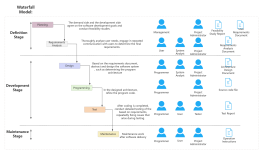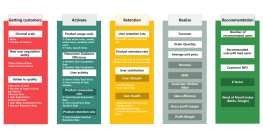AARRR Model
2024-09-26 10:56:31 177 2 Report 0
0
Login to view full content
The AARRR Model is a comprehensive framework used for product and data analysis, focusing on five key stages: Acquisition, Activation, Retention, Revenue, and Referral. It guides businesses in understanding how users discover their products, the quality of their initial experience, and their likelihood of returning. By analyzing metrics like user engagement, retention rates, and revenue streams, companies can optimize user acquisition channels, enhance product stickiness, and encourage referrals. This model emphasizes aligning work arrangements with goals, ensuring a focus on growth and sustainability through effective user engagement and monetization strategies.
Other creations by the author
Outline/Content
Definition of Noun
Product Analysis Model
Data Analysis Model
A
Acquisition
How can users find us?
A
Activation
How is the user's first experience?
R
Retention
Will the user come back?
R
Revenue
How to make more money?
R
Refer
Will the user tell others?
Value
Guidance on work arrangements
Strengthen focus on the goal
Acquisition
Channel scale indicator
Exposure, clicks, downloads, installations, activations, cumulative new users
Registration activation, active activation, push activation, transaction activation
Channel Quality Indicator
CTR, Activation Rate, Installation Rate
CPA per user cost, user LTV
Number of users per day, user usage time
Retention rate, Payment rate, ARPU
operation
Language-Market Fit
Channel-Product Matching
Entry point
User registration and traffic drainage
Activation
DAU = Daily New + Cumulative Historical Retention
Active user composition
Proportion of new and old users
The activity rate of new and old users
Number of loyal users
Number of returning users
Percentage of users logging in once per day
Product viscosity
Daily Active Users/Weekly Active Users/Monthly Active Users
Daily Active Users/Weekly Active Users/Monthly Active Users
Activity rate (proportion of active users): the proportion of active users in total users within a certain period of time. According to the time, it can be divided into daily activity rate (DAU), weekly activity rate (WAU), monthly activity rate (MAU), etc.
Daily active users (abbreviated as DAU): The number of users who log in or use a product within a day.
MAU/DAU represents the number of days users return to use the product (how often they use the product in a few days)
DAU/MAU * 30 represents how many times a user will use the product in a month.
7-day return visit rate, average daily usage time, average daily login times
Entry point
Active users
Retention
4 Ways to Boost Engagement and Retention
Effective reach, awaken users
Mobile PUSH
SMS
Build an incentive system to retain users.
Incentive system
Growth Value Membership System
Growth Value Membership System
Point task system
Enrich content and increase user online duration.
Data backtracking, find your key point
Product Retention
Daily, weekly, monthly process rate, LTV
New user retention, old user retention, active user retention
Product core function retention
User behavior retention
Analysis method
Churn Funnel: Find the Churn Point
Churn rate, churn probability, churn ratio
Product core function retention
Predicting retention rate DUA
Entry point
Fission growth
Revenue
Income Analysis
Basic indicators: ARPU, ARPPU, Payment Rate (distinguish between old and new)
Understand the composition of paying users: the distribution of high, medium, and low amount users.
Is it reasonable to pay for breaking the ice and paying for the card point?
When the payment point is not designed properly, it will become a loss point
Sustained Payment Capability Analysis: Repurchase Rate, Repurchase Point
Repurchase rate, what are the repurchase points, user payment frequency, and what is the time interval?
Analysis of paid functions and links: For different revenue-generating activities or functions, which ones have better feedback, which users have good feedback, what are the average recharge amount and payment rate?
Entry point
Expand new features
Refer
Word-of-mouth Index
Word-of-mouth Index, is a comprehensive measure of the shop based on the evaluation of various key indicators by the vast number of members of the word-of-mouth network.
Members score the merchant's various indicators (taste, environment, service, cost-effectiveness) according to the standard of "poor=1 point; average=2 points; good=3 points; good=4 points; very good=5 points";
The comprehensive score is based on the basic score, and the program adjusts it according to several pre-set indicators, including the number of reviews, the time of reviews, and the foodie level of the reviewers.
Merchants with less than or equal to 3 reviews have no ratings.
The accuracy of ratings largely depends on the number of reviewers. Generally speaking, merchants with more than 15 reviews have relatively accurate and objective evaluations.
Website PR value
The PR value ranges from level 1 to 10, with 10 being the full score. The higher the PR value, the more popular the web page is.
Number of search engine listings
Backlink data
Entry point
Value-added services
0 Comments
Next page

